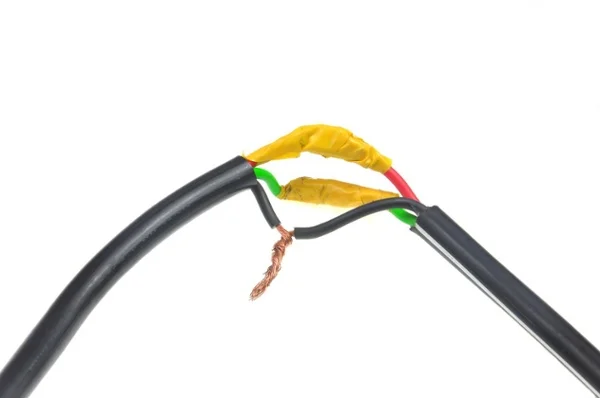I’m as excited as a six-year-old anticipating Santa Claus the next morning. For my Christmas and anniversary gift, I got a new Livescope on my boat (which is the latest in sonar radar for fishing). They finished the install on Friday and I’ve just launched the boat into one of my favorite crappie lakes, Eagle Lake. The breeze is stiffer than forecast so I pull over to the side of the lake where I have a little protection.
Cutting off the motor, I ease up front, set up my seat and cut the trolling motor on to begin easing through the water. Nothing! No power! Why didn’t I check something as simple as the trolling motor? Panic has set in as I will not get to play with my new toy if I can’t get this trolling motor going, but I quickly remember some of my lessons around be quick but don’t hurry!
I know that I charged the batteries, so I begin to troubleshoot. After inserting the plug again several times and fooling with the cables, I spot the problem — my cables have eroded in a spot.
Reaching into my tackle box, I find my knife and locate a pair of rusted pliers under the seat. Luckily, the pliers are enough to cut the cable. After stripping the wires, I have successfully twisted them together to form a connection. Power (and excitement) is back! The repair job is ugly, but it works and me and my new toy are back in business — enjoying the exponential change in technology that is even changing how I fish.
Even before COVID-19 we knew we would continue to see dramatic advances in technology in how we work. Now, we have a new norm overnight, and that means things will be hard and we are going to make mistakes. Besides learning my hard lesson of be quick don’t hurry again, my wires might be another key insight for us.
We have some legacy technology and processes that are going to break down along the way. Rather than doing a major overhaul immediately, would we be better served to patch a few things until we can anticipate a better solution?
Are we prioritizing limiting our investment in legacy technology and processes under the guise of efficiency? Are we risking spending time and money on something that adds no value? With the exponential change in technology and our client’s future needs in transformation, it’s prudent we proactively test our direction against our assumptions to seize the opportunities that also come with a new normal.

